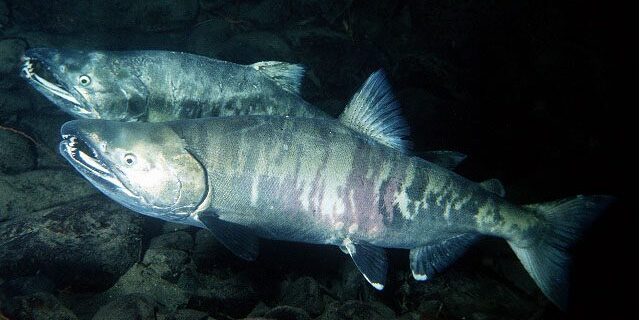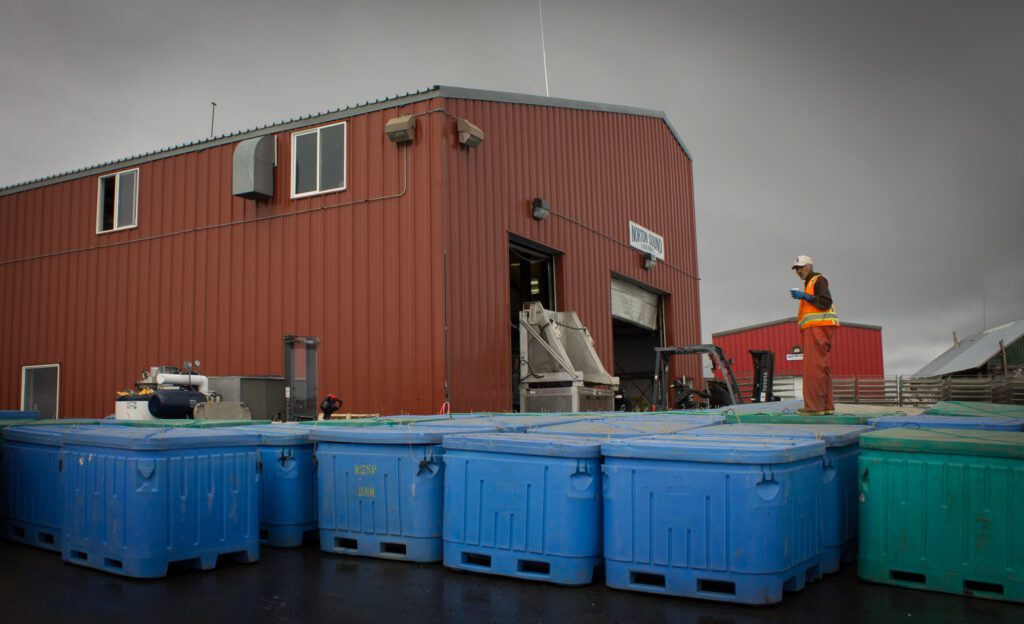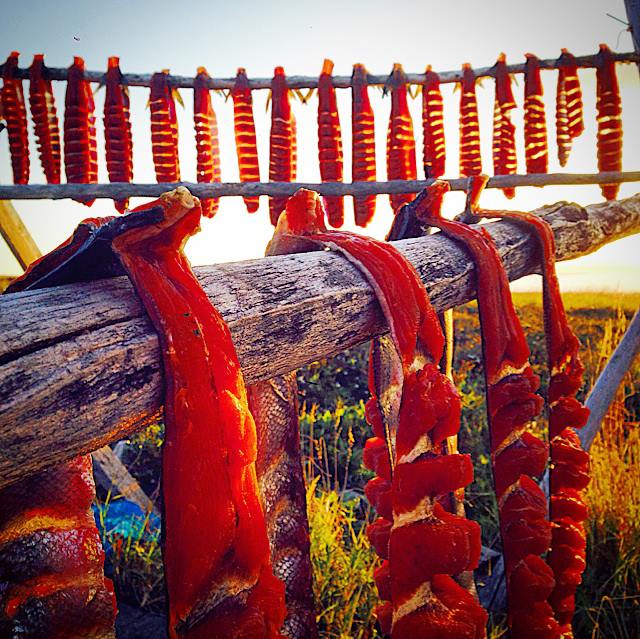With Chinook harvests shut down on the Yukon and summer chum harvests on the rise, the Alaska Department of Fish and Game is taking steps to manage stocks sustainably, beginning with a radio tagging program to keep a closer eye on the fish.
Stephanie Schmidt, a fisheries biologist with ADF&G, said Chinook runs are not expected to significantly increase in the next few years, the growing demand on summer Chum will likely continue. She’s leading research on Chum migration with a tagging program called the Summer Chum Salmon Radio Telemetry Project.
“The goals of the project through the tagging would be to estimate stocks specific run timing,” Schmidt said. “When do certain stocks enter the river? How fast do they move upstream? Do certain stocks migrate together? … We don’t know where all the summer Chum salmon go.”
Schmidt said Fish and Game is also hoping to use the data to get an estimate for drainage-wide escapement and to hone in on key spawning grounds.
Fish and Game are attaching the tags about 18 miles upriver from Russian Mission at Dog Fish Camp. The project began June 12 and will continue through July 18; that’s the amount of time estimated for the entire chum stock to pass by the camp. The goal is to tag 1,200 fish.
As for the tags, Schmidt said they look like “a little capsule … almost like a little pill. And then they have a wire sticking out of them, and you’ll be able to see that wire sticking out of the mouth of the summer chum salmon. If a wire is missing by some chance, we do an external tag as well, so we just insert a white spaghetti tag in the dorsal fin.”
Knowing what the tags look like is important, Schmidt said, as Fish and Game is asking local fishermen who harvest tagged Chum to note the date, time, and location of the catch. And, to keep costs down, she’s asking fishermen to mail the tag to the address listed on the outside of the device. Those who return tags will receive a “summer Chum radio telemetry research project hat” and get entered into a lottery to receive $500 in cash.
Schmidt said the bulk of the summer chum run is expected to hit Russian Mission Friday. At that point, 80,000 to 90,000 chums per day should begin passing through that section of the river, continuing for about 11 days.







